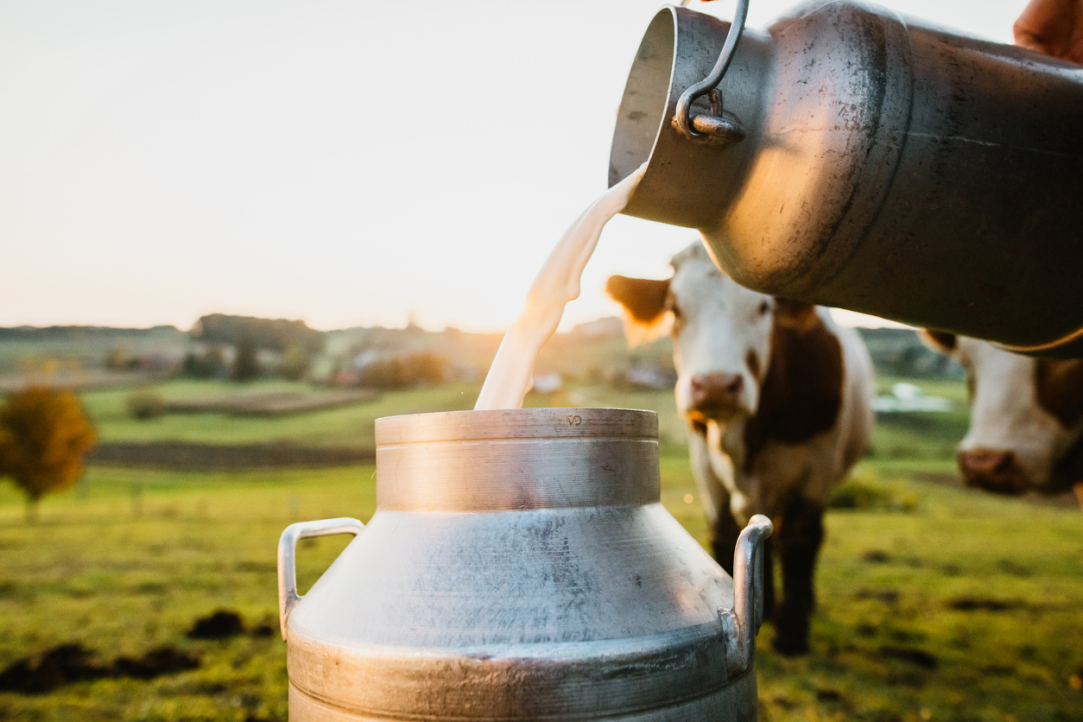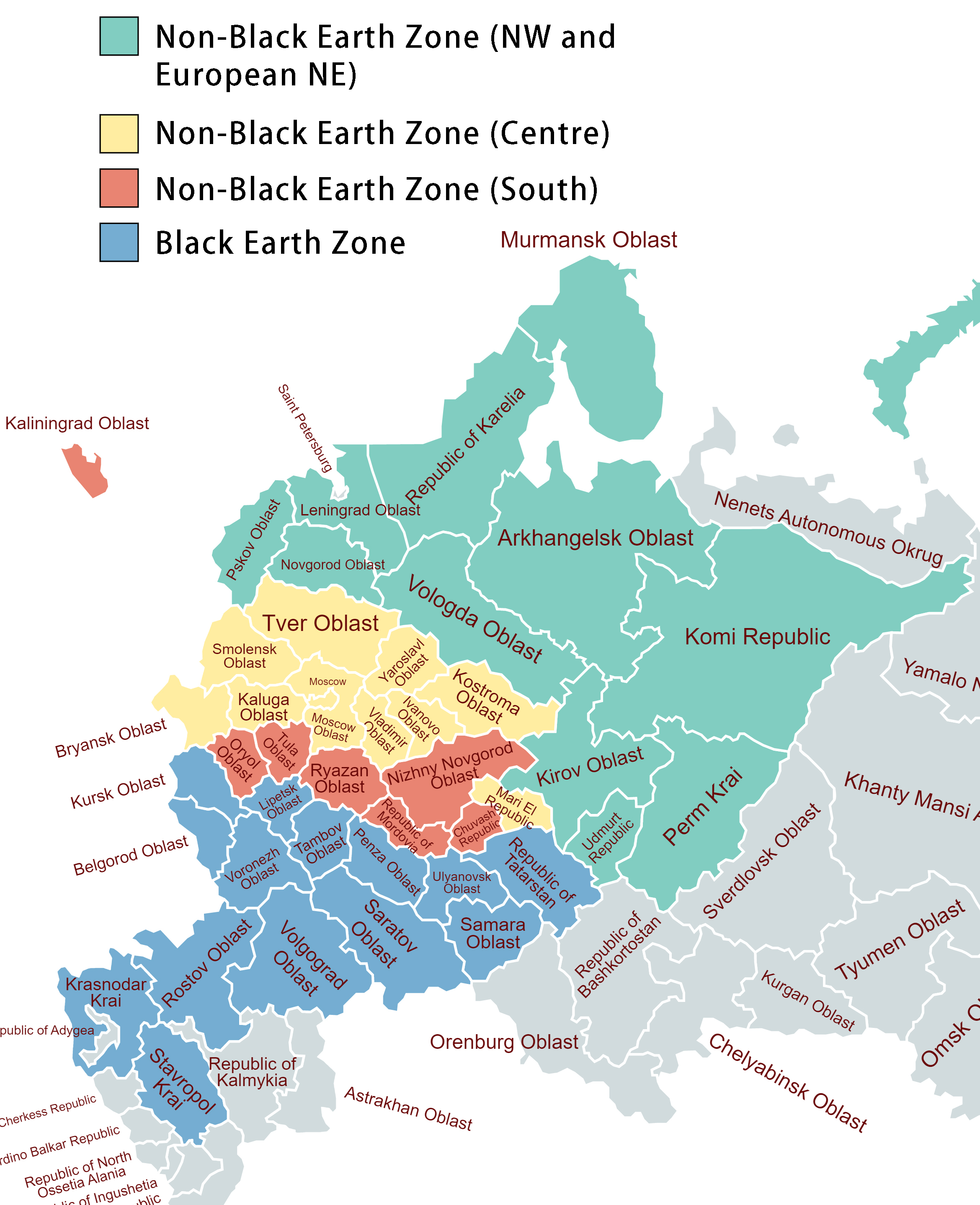Research Determines Best Locations for Organic Dairy Farming in Russia

Russia has recently launched an organic farming initiative; a new Law on Organic Products came into effect in the early 2020. An important first step in assessing the potential for this subsector has been to identify the most suitable locations for its development. According to researchers of the HSE Institute for Agrarian Studies and the RAS Institute of Agrarian Economics and Rural Development, provinces located in the country’s northern non-black earth areas – in the Northwest and in the Northeast of Russia’s European region – have the best potential. The study is published in Agriculture Digitalization and Organic Production.
Organic agricultural products are those produced without synthetic pesticides, antibiotics, growth hormones, chemical fertilizers and food additives. Their producers must also comply with high standards of animal welfare. Organic farming is designed to preserve ecosystems, maintain soil fertility, and promote human health.
There are two main approaches to determining suitable areas for organic farming. The first approach considers the potential demand for organic food. In Russia, prospective markets for organic dairy include Moscow, St. Petersburg and other big cities, such as Novosibirsk, Yekaterinburg and Kazan. Most organic dairy farms today are located in the Moscow metropolitan area and its neighbouring provinces.
The second approach considers the supply factors, including available resources such as land which, ideally, has not been heavily used for crops, and other factors including water, environmental and weather conditions, such as sunlight, ambient temperatures and moisture levels, soil fertility, and available workforce.
The researchers focused on the latter approach and assessed the availability of resources in different parts of Russia which could make organic farming a good fit compared with other subsectors of agriculture. The study considered the potential benefits from product specialisation and expected gains from international and subnational trade.
The authors examined the 2007-2019 statistics from 42 provinces in the European part of Russia which together account for about 70% of the country’s dairy farming.

The first stage of the study assessed different provinces’ production potential, taking into account both the conditions for farming and the indicators of agricultural sector performance. Based on these findings, the researchers categorised the studied provinces into groups.
Following this, the study team calculated the comparative advantage of dairy versus grain production (grain being the main competitor of fodder crops for the use of land) for each group. The authors then developed an index of comparative advantage (ICA) based on a modified index of effective advantage. Since sufficient data on organic farming is not yet available in Russia, the calculations used data on non-organic (i.e. conventionally produced) dairy and grain, assuming that the ratio of production costs (reflected by ICA) is still representative of that for organic dairy and grain.
In the third stage, the researchers ranked the provinces by ICA value, factoring in the GOST (State Standards) for organic dairy production.
Provinces in the Black Earth Zone enjoy highly favourable conditions for agriculture and can produce grain, oilseeds, sugar beets and other commercial crops at lower cost compared to provinces in the Non-Black Earth Zones. The former can earn higher returns on the crops, in particular due to export potential, thus there is increased pressure on focussing on commercial crops while reducing the area used for fodder crops. Similarly, but to an even greater extent, commercial crops, in particular grains, overtake fodder crops in the Southern and Central Non-Black Earth Zones. In contrast, provinces in the Northern Non-Black Earth Zone specialize in dairy farming. Based on the index of comparative advantage, it makes economic sense to grow grain in the Black Earth Zone and to produce dairy in the Northern Non-Black Earth Zone, although in absolute figures, both are cheaper to produce in the Black Earth Zone.
Considering the comparative advantages linked to sectoral standards, the top 10 provinces best positioned for organic dairy production are located in the Northern and Central Non-Black Earth Zones. The ranking is based on a set of seven indicators reflecting specific requirements for organic dairy farming (mainly related to fodder production). The top ten include Pskov Province (6.9 of 11), Kostroma and Novgorod Provinces (approx. 5), Arkhangelsk and Tver Provinces and Komi Republic (4 to 4.5), the Republic of Karelia, and Yaroslavl, Smolensk and Kaluga Provinces. Factors making them particularly suitable for organic dairy farming include the vast uncultivated areas for growing organic fodder, a reliable supply of clean water, favourable temperatures during the grazing period, and regulatory limits on the size of herds on organic dairy farms.
According to the study authors, Yulia Nikulina and Elena Pajurova of the HSE Institute for Agrarian Studies, the global trend towards healthy food consumption and production is driving the interest in organic farming worldwide. In Russia, the share of agricultural land used for organic farming is still low at 0.3% compared to the global average of 1.5%. As of the early 2021, a little more than 130 organic food producers operated in Russia, with another 30 to 50 transitioning to organic farming. Most are crop producers, while organic livestock and fish farming are less common.
Organic dairy farms first began to emerge in Yaroslavl and Kaluga Provinces, Udmurtia, and other similar locations. While organic dairy production has been steadily growing in many other countries, with its share in the overall gross production reaching approximately 4% in Germany, France and Italy, 16% in Denmark and Sweden, and up to 18% in Australia, it remains relatively low in Russia.
'In Russia, most consumers of organic products are high-income urban residents who are aware of the advantages of buying organic and are prepared to pay up to 40%-100% extra for healthy food and organic products', according to the researchers.
Yulia Nikulina
Expert, Agrarian Policy Department
Elena Pajurova
Research Fellow, Department of Agrarian Markets
See also:
HSE University Strengthens Ties with Netherlands in Agricultural Research and Education
On November 9, 2021, HSE University signed a memorandum of understanding with Wageningen University & Research, a major university in the Netherlands and one of the leading agricultural research institutes in the world. Participants of the signing ceremony included HSE University Rector Nikita Anisimov, President of the Wageningen University & Research Executive Board Professor Louise Fresco, and Dutch Ambassador to Russia Gilles Beschoor Plug.
HSE Report on Innovative Development in Russian Agriculture
The world’s modern food systems are going through a fundamentally new stage of technological development known as Agriculture 4.0. This digital approach relies on the use of robotechnics, the Internet of Things, biotechnologies, and other smart solutions. Is Russian agriculture ready for this transformation? What should be the government’s role in this process? These issues are the focus of the report, ‘Innovative Development of Russian Agricultural Industry. Agriculture 4.0».


